Obsessed with Anchovies
Copyright ICEX
For many, anchovies are an acquired taste. But on the Bay of Biscay, anchovies are a way of life. Since walking the Camino del Norte and spending time in towns on the Cantabrian coastline, I have newfound appreciation for these little fish that have an ease of enhancing any meal effortlessly. The town of Santoña is particularly famous for its anchovies, producing very tender anchovies, which are considered a delicacy.
Anchovies enjoy temperate waters, making the Bay of Biscay a perfect area to fish them. They are their meatiest in the spring, making this prime fishing time. Once fished, the heads and intestines of each fish are removed and the fish is then layered in wood barrels and covered with a brine solution. One of the things that struck me with the Santoña anchovy is that it is not as salty as many anchovies I’ve eaten in the past. That is because many anchovies are packed with salt while curing rather than being put in a brine solution whereby the salt is dissolved in the liquid.
The anchovies are left to cure about six months. They are then rinsed and dried. To dry them, the anchovies are hand rolled in cloth and placed in centrifuge to remove all excess moisture. These cloth rolls help keep the anchovies intact during the centrifuging process. Once dried, the bones are removed and each fish is divided into two fillets. To preserve them, they are either put in cans or jars with olive or sunflower oil.
Anchovies are frequently served as a tapa or pintxo… with a vinegar marinade, cheese, peppers, olives, or melon. I particularly like adding them to a salad, to my basic escalivada recipe or layering them on brioche with membrillo.
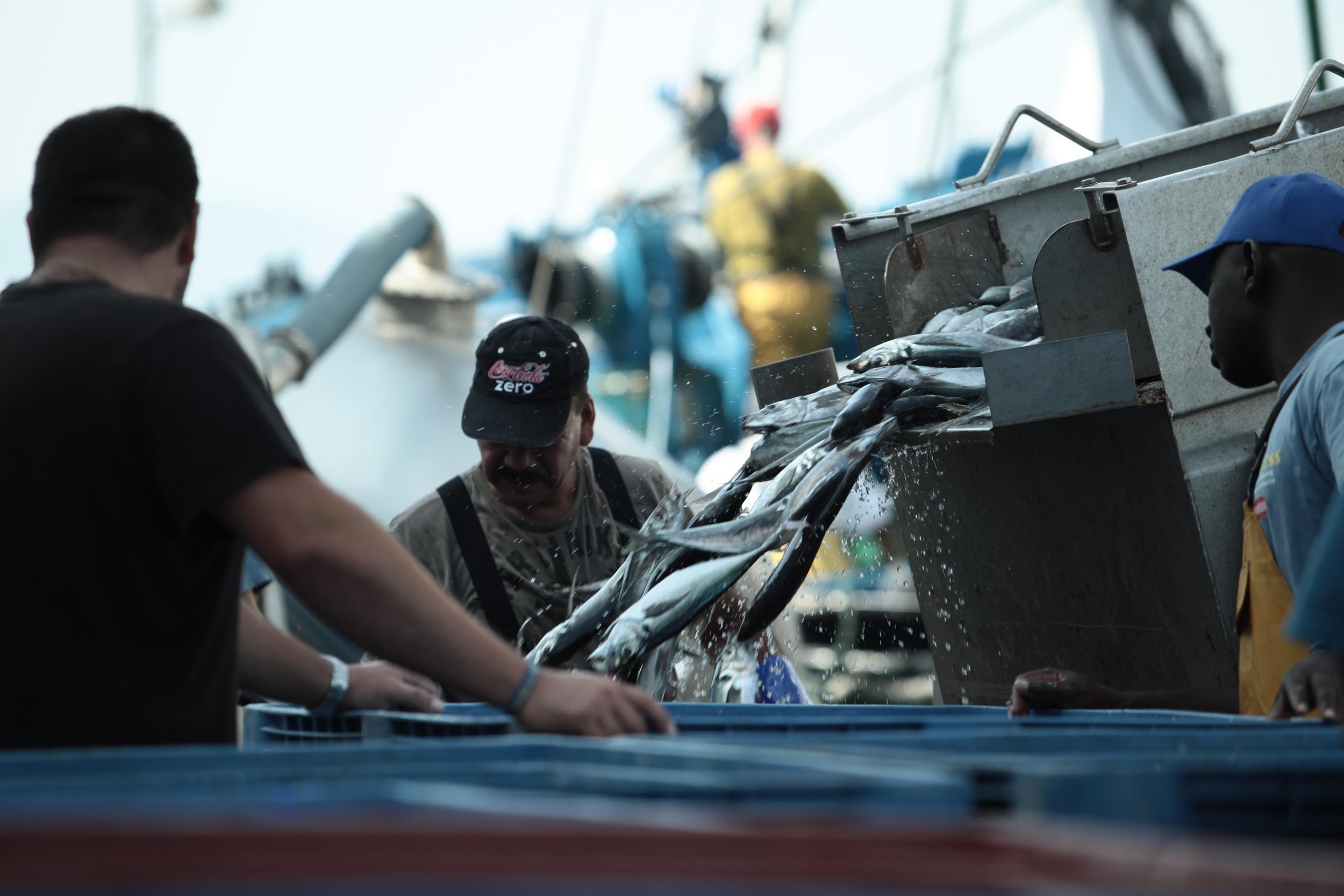
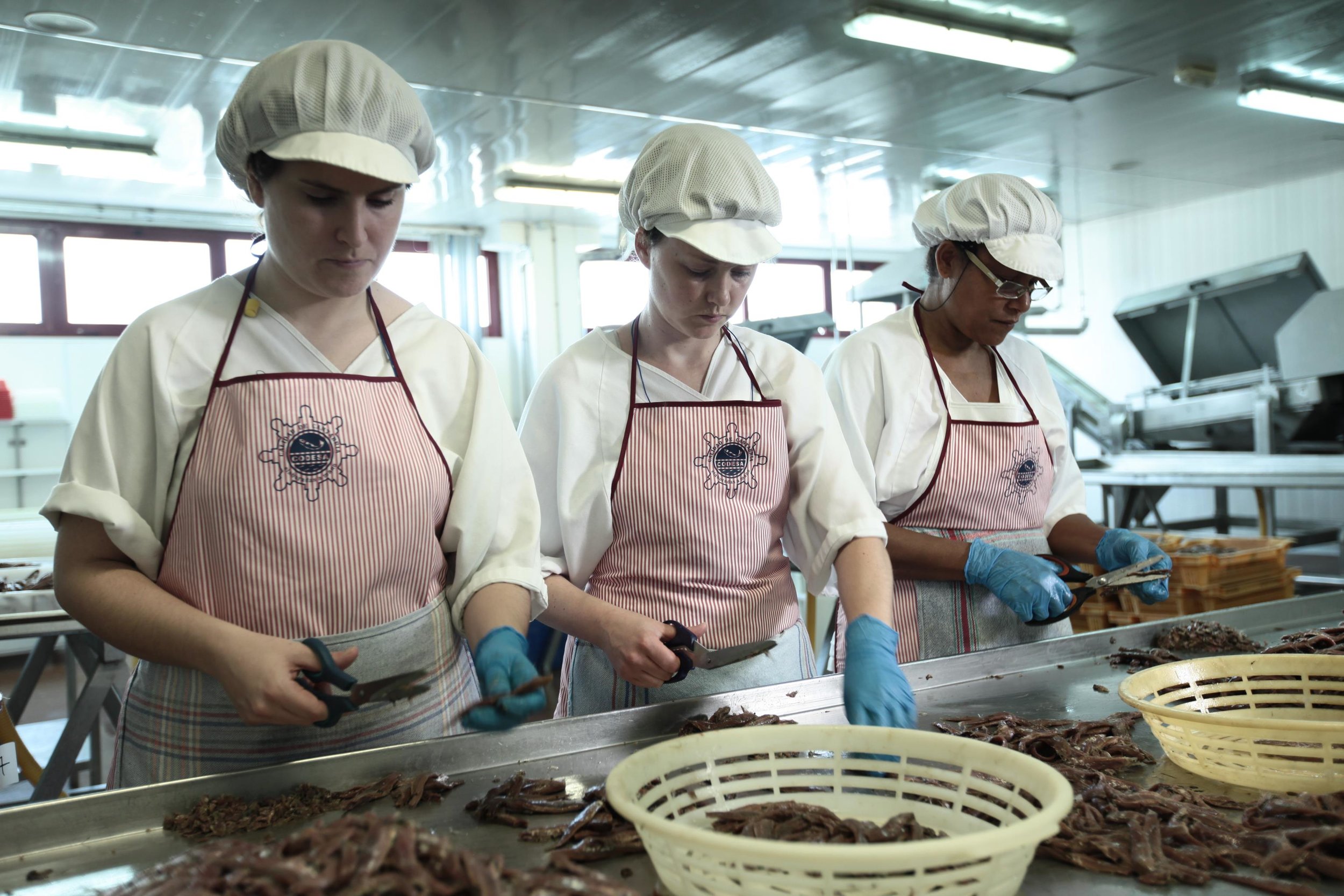
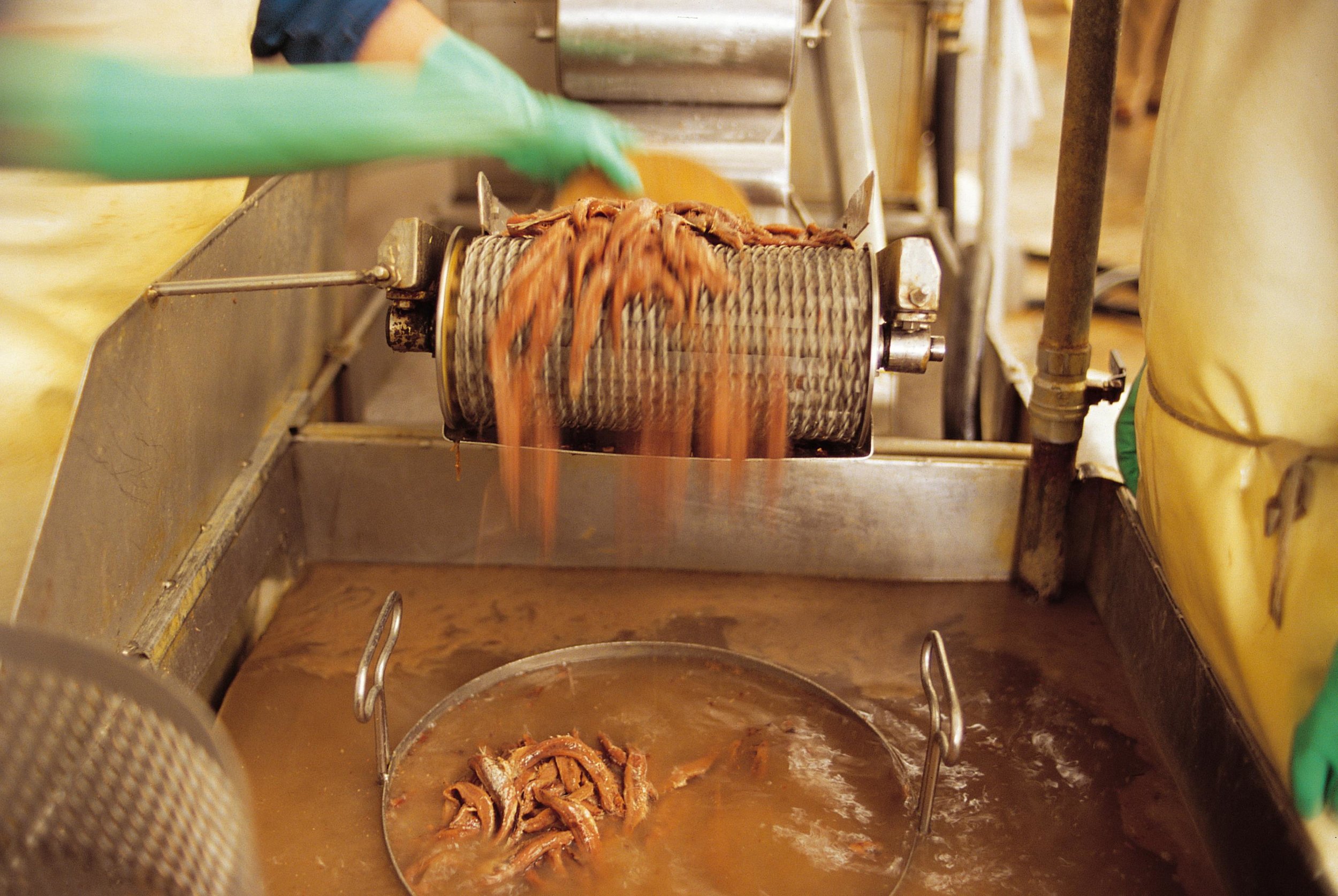
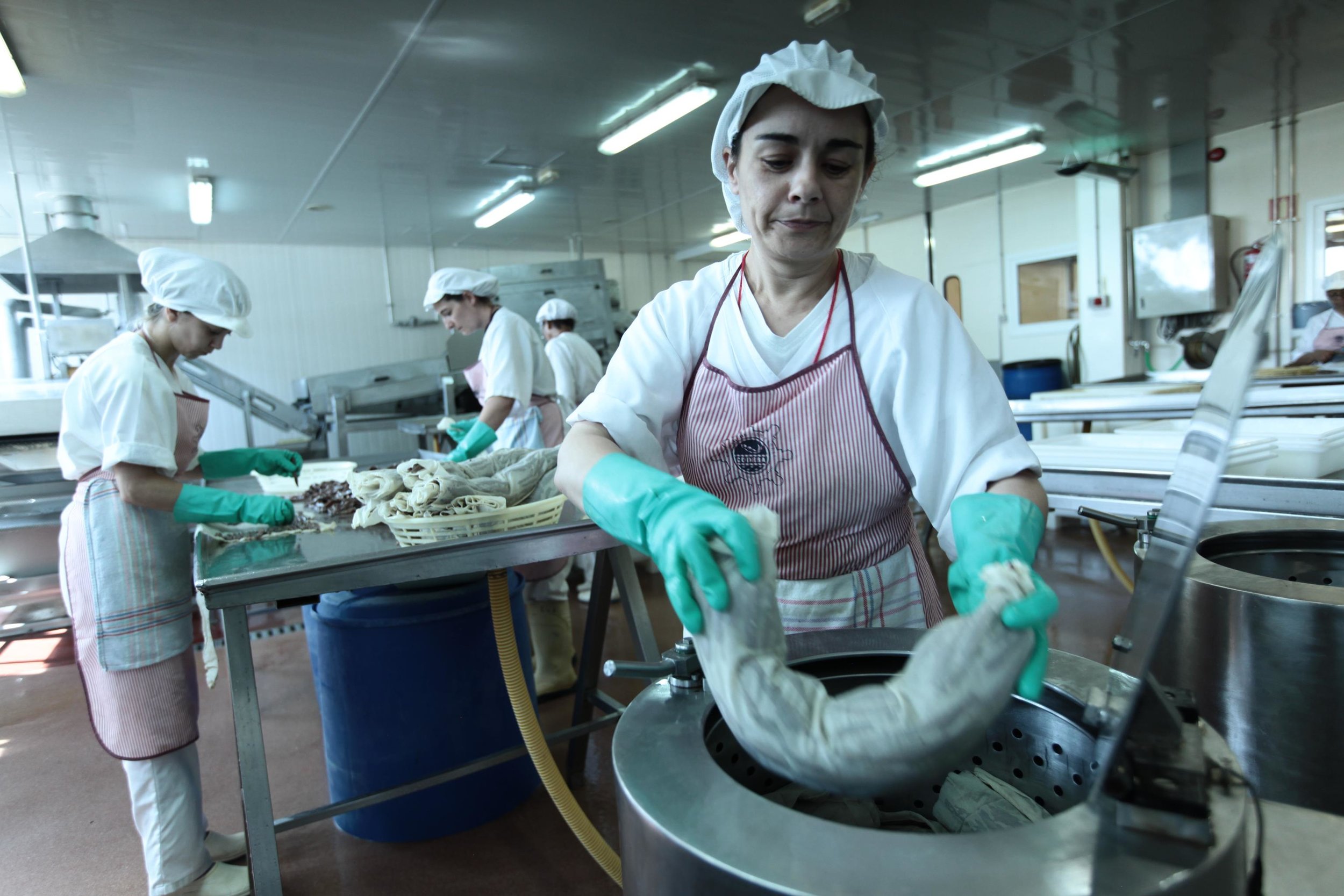
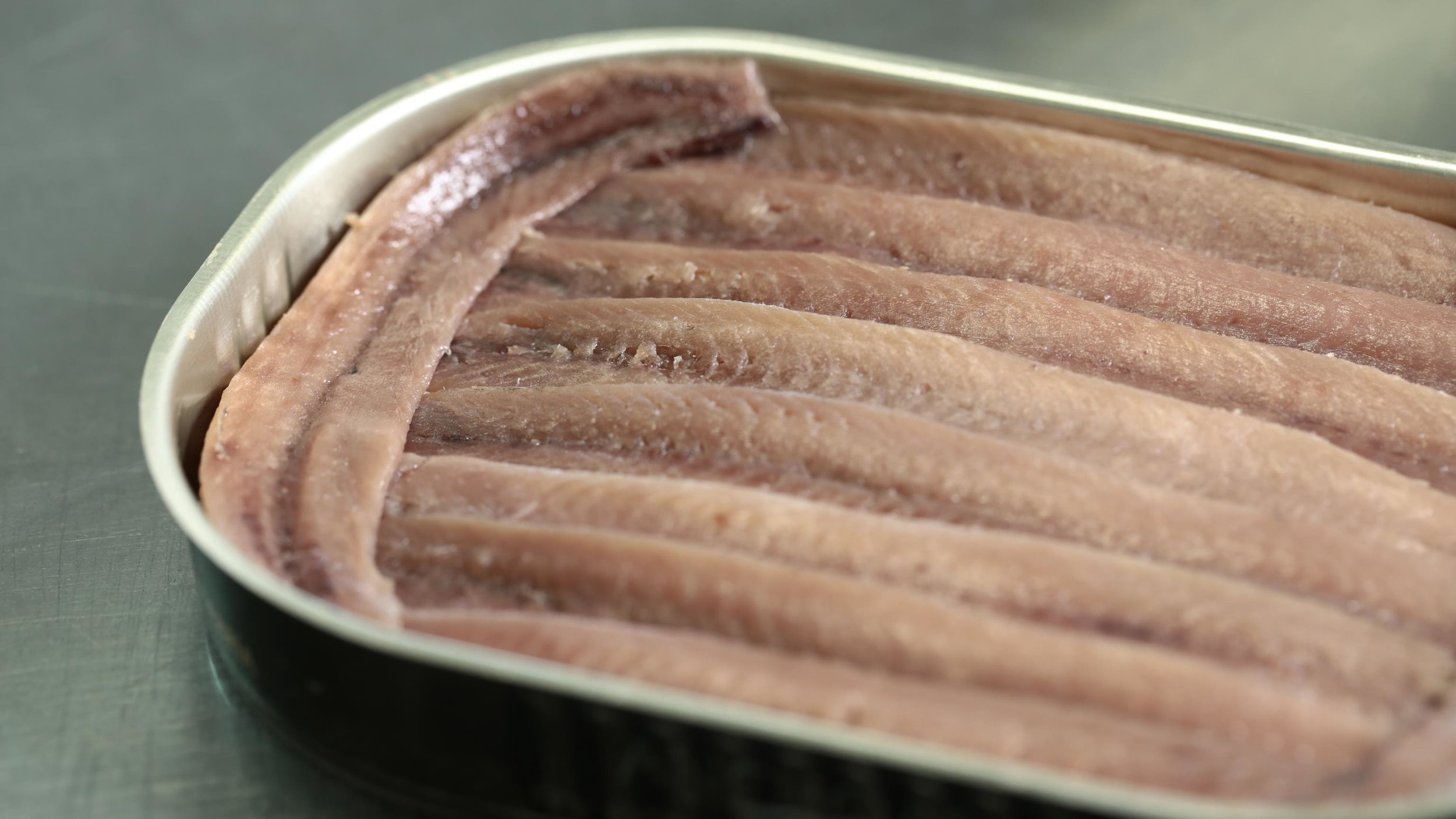
Photography copyrights ICEX

